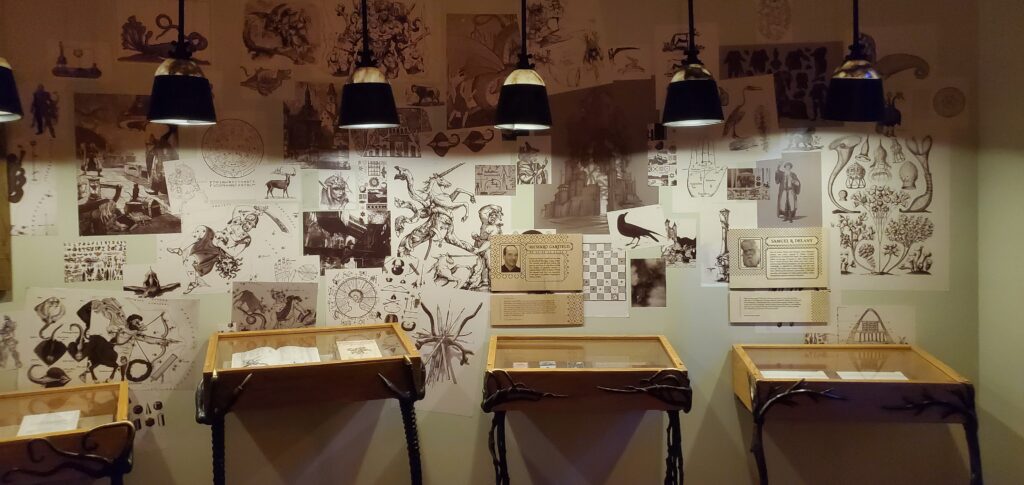From a historical viewpoint, museums have collected as a result of the Western interest in the curiosities of the unknown and strangeness. Not only was it to satisfy Western curiosity but museum collecting was also used as a method of forced assimilation and as a means of profit due to the social issue of colonialization. Despite such a history, modern museums collect and continue collecting artifacts or specimens to preserve, educate, and acknowledge groups from which these collections originally came.
Preservation is one of the most important aspects of why museums collect. As seen in the coffee beans video from this week’s module, museums collect to preserve specimens to revive or maintain the future production of a plant so as to help affected groups of farmers. A similar situation can also be seen in the revitalization of an extinct (since the Middle Ages) Israelian date palm tree. Seeds were extracted from an archaeological site (i.e. Masada) and were kept in storage for about forty years until Dr. Sarah Sallon and Dr. Elaine Solowey decided to begin a fifteen-year-long process to resprout the seeds. These videos show that museums collect to preserve specimens or artifacts to further progress an understanding of past cultural practices. I would recommend watching the replanting of an extinct Israelian date palm tree video (https://www.youtube.com/watch?v=o0y5Z8_tefY&ab_channel=BBCReel).
Museum collects to educate as well. Not only do museums collect to educate the public but also to educate students and researchers. Every collection within a museum can be used as a method to teach various audiences about past cultures, local native plants and their historical uses, and the natural environment. By continuously collecting, museums are also educating both the public and fellow museums about the acquisition process of new collections. Acquisition processes have changed throughout history (for the better) but that doesn’t mean that all museums have followed this change. Therefore, when museums collect they help promote a healthy acquisition process by considering the specifications of ownership being clearly defined and written out or even considering if there are any restrictions on the use of the collection.
When museums collect they are also promoting the acknowledgment of groups with which their collection was received from. Acknowledgment of indigenous groups and their cultures is a very important step for museums to recognize their part in colonialism. Through such acknowledgments, trust between indigenous groups and museums can be established to create systems of partnerships between the two. Such systems of partnerships are fractionalized (i.e., shared) ownership of collections or restricted gifts (i.e., donors/owners provided specific restrictions on how a collection is to be used by the museum).
Question: If you had a collection you would like to donate to a museum, what specific restrictions would you place on the collection?

Hi Rose!
I really enjoyed reading your post and even watching that video! I’ve been interested in Middle Eastern history and culture and watching/learning from that video was so fasniating! To answer your question, I don’t really know what collection I would want to give to a museum along with a set of guidelines for the collection. I woul love to see some ancient artifacts that relate to art though. Maybe the guidelines for that is that he artifacts should be respected by the culture that it represents and that the art wasn’t stolen by their rightful owners(?). I have to think more about the question. Nice work!
That’s a difficult question to answer because I don’t know what stipulations I would place on a collection I’ve donated to a museum. Maybe its easier of I imagine submitting a collection posthumously. I would definitely request the museum not only restore and preserve whatever I have submitted but if possible make it a permanent/yearly or regular exhibition so museum goers can have as many opportunities as possible to see the collection(s) I’ve left behind.